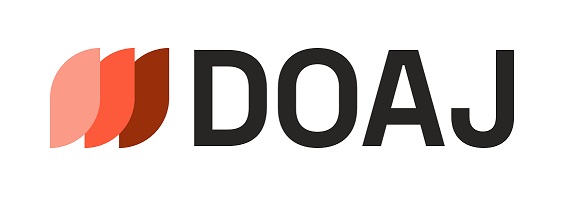Private Influence, Public Goods, and the Future of Art History
DOI:
https://doi.org/10.23690/jams.v3i1.86Abstract
The aim of this article is to consider potential conflicts that arise when private wealth shapes the formation of cultural networks and decision-making. Drawing on examples from contemporary exhibition and museum practices, the author discusses the impact of private art collecting on the mission of public institutions and considers examples of the wider extension of collectors’ influence in the art world. If one of the roles of the public museum is to preserve heritage for the interest and education of diverse audiences throughout time, it is important to question the collective and individual choices that underpin the creation of such cultural narratives as well as the social and financial forces that shape them. From the perspective of art history, however, this article sets out to explore concerns that the social meaning of art and its histories (past and future) are increasingly determined by a restricted group of agents whose institutions often lack transparency and public accountability. The extension of influence from the realm of private taste to that of public institution is a hallmark of the contemporary artworld and its philanthropic structures, including the founding of private museums. Taken together, these developments risk the creation of an art history from above, where the financial power of a circumscribed demographic translates into the promotion of specific intellectual, social, and aesthetic values for uncertain periods of time.Published
2019-05-14
How to Cite
Brown, K. (2019). Private Influence, Public Goods, and the Future of Art History. Journal for Art Market Studies, 3(1). https://doi.org/10.23690/jams.v3i1.86
Issue
Section
Articles
License
Copyright (c) 2019 Kathryn Brown

This work is licensed under a Creative Commons Attribution-NonCommercial 4.0 International License.
Except where otherwise noted, the Journal for Art Market Studies is licensed under the Creative Commons Attribution-Non-commercial 4.0 International license (https://creativecommons.org/licenses/by-nc/4.0/). Articles can be read and shared if attribution is given to the original source (BY) and the use is not for commercial purposes (NC).




